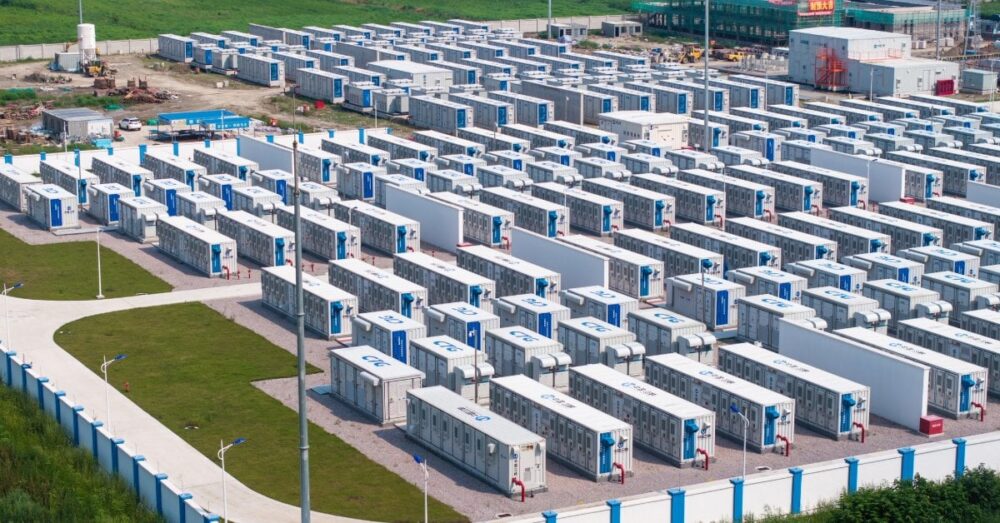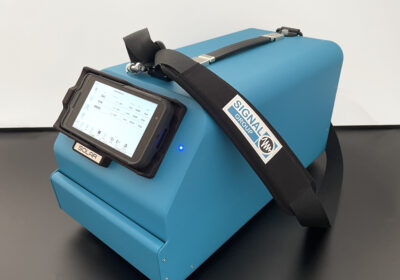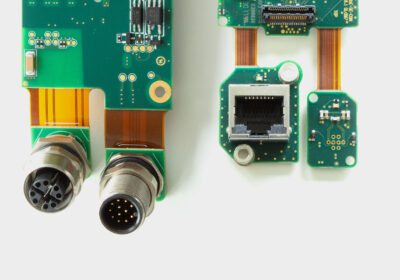Battery Energy Storage Systems (BESS) are essential for storing renewable energy and ensuring grid stability. However, their implementation comes with inherent risks, particularly related to lithium-ion battery fires.
BESS fires can start from thermal runaway, where one cell failure can trigger a cascade of overheating, leading to fires that are difficult to extinguish and can last for hours or even days. Should a fire breakout, hazardous gases would release from the batteries, posing health risks to nearby communities and causing environmental damage through soil and water contamination. In severe cases, BESS fires have the potential for huge disruptions to locals through property damage and even evacuations.
Traditional detection methods such as flame detectors often fail in the early stages of a BESS fire due to their reliance on visible flames or smoke, which might not be immediately present. Where flame detectors fall short, thermal imaging cameras can significantly improve protection and prevent fires before they ever reach combustion.
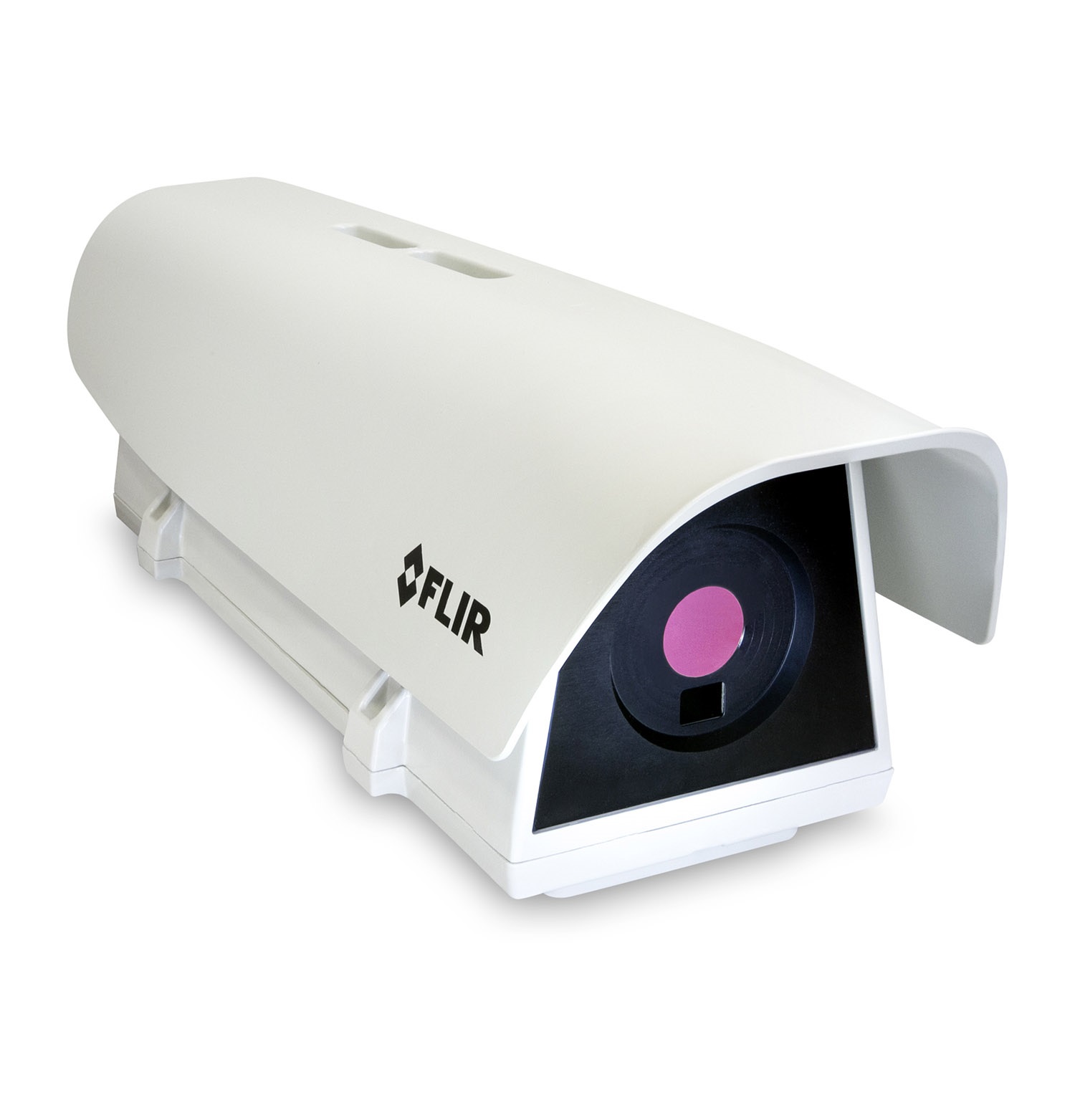
The FLIR A700F Advanced Smart Sensor is ideal for users who want built-in, on-camera analytics and alarm capabilities for early fire detection applications.
Advantages of Thermal Cameras for BESS
Thermal cameras detect the heat signature from the onset of thermal runaway long before visible flames or smoke appear, allowing for preemptive action to mitigate risks. While flame detectors react to events that have already happened, a fixed thermal camera such as the FLIR A700F Advance Smart Sensor provides 24/7 surveillance by continuously monitoring for temperature anomalies that could indicate an impending fire, thus enabling early intervention. FLIR cameras are designed for easy integration into broader safety and control systems, allowing for automated responses such as activating suppression systems that enhance response times and efficiency.
Comparison with Other Detection Methods
While flame detectors are designed to detect visible fire, they may miss smoldering or hidden fires—meaning an alert may not be tripped until the fire has escalated to a dangerous level. FLIR thermal imaging cameras can detect heat in low light and see the beginnings of embers as they heat up surrounding materials, even when there’s no visible sign of fire. This early detection can prevent escalation or at least minimize damage by providing critical time for action before fires get out of control. Another advantage of thermal cameras is their ability to monitor large areas or multiple battery racks simultaneously, providing comprehensive coverage which is often challenging for point-specific flame detectors.
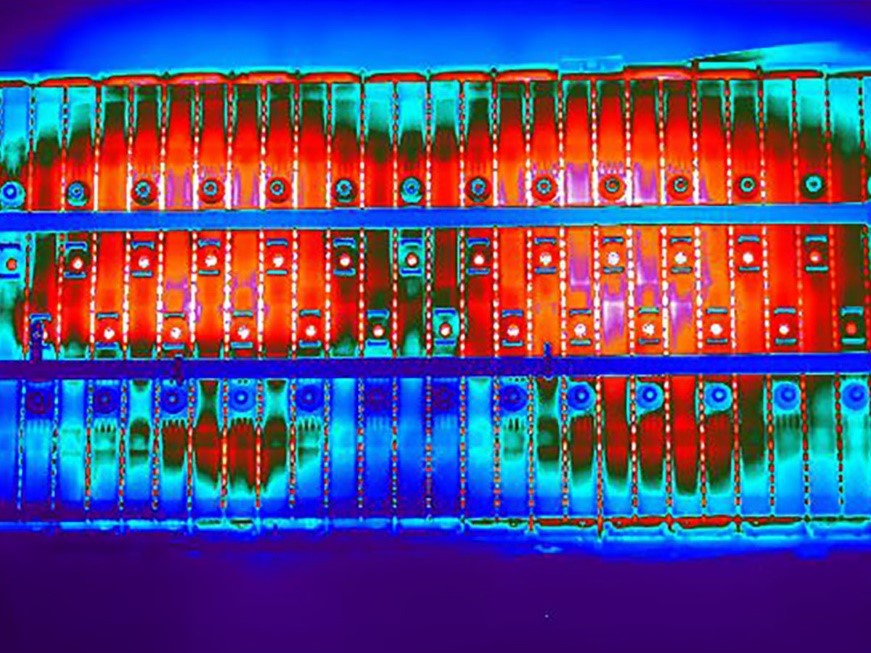
Lithium-ion electric vehicle batteries monitored under thermal imaging.
Conclusion
Incorporating FLIR thermal monitoring into BESS installations not only addresses the critical safety concerns associated with battery fires but also offers a proactive, reliable, and technologically advanced solution. By choosing a FLIR fixed thermal solution, you ensure that your energy storage systems are safeguarded with the industry’s leading thermal imaging technology, protecting both your investment and the community from the devastating effects of BESS fires.

